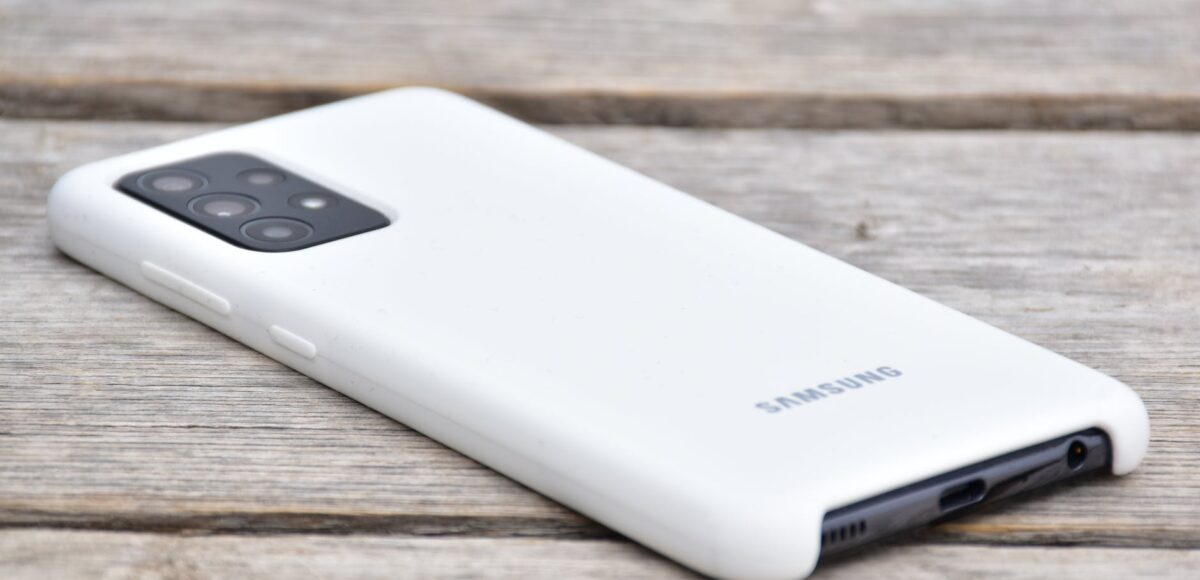Samsung, one of the world’s leading smartphone manufacturers, has confirmed that some of its data was stolen as part of a cyberattack that was first reported over the weekend. The security breach saw some source code relating to the operation of Galaxy devices taken, but customer and employee credentials were not impacted. However, the stolen source code could potentially expose Samsung’s devices to further attacks or exploitation by hackers.
Who is behind the hack?
Although Samsung has not revealed the actors behind the compromise, South American hacking group Lapsus$ has claimed responsibility. The organization shared a 190GB torrent file that reportedly includes bootloader source code for all of Samsung’s recent devices, as well as code related to the biometric authentication and on-device encryption for Galaxy phones and tablets. Attackers may have also gained access to confidential data related to Qualcomm, Samsung’s chip supplier.
Lapsus$ is the same group that said it obtained around 1TB of data, including schematics and source code, from chip giant NVIDIA last week. The company said it became aware of the attack on February 23rd, after which time Lapsus$ had demanded a ransom paid in cryptocurrency to prevent NVIDIA’s files from becoming public. When NVIDIA failed to respond, source code for the company’s DLSS technology and information related to as many as six unannounced graphics cards was shared online.
What are the implications of the hack?
The hack could have serious consequences for Samsung and its customers, as it could expose the inner workings of its devices and allow hackers to find vulnerabilities or exploit them for malicious purposes. For example, hackers could use the stolen source code to create custom firmware or ROMs that could bypass security measures or install malware on Samsung’s devices. Alternatively, hackers could use the code to reverse engineer Samsung’s encryption or authentication mechanisms and access sensitive data or credentials stored on the devices.
Samsung has said that it has implemented measures to prevent further such incidents and will continue to serve its customers without disruption. However, it is unclear how effective these measures are or how long it will take for Samsung to patch any potential security holes in its devices. Samsung has also not disclosed how the hackers managed to breach its systems or whether it has contacted law enforcement authorities to investigate the matter.
How can you protect yourself?
If you own a Samsung device, you should make sure that you are up to date with the latest security patches and firmware updates from Samsung. You can check for updates by going to Settings > Software update on your device. You should also avoid downloading or installing any unofficial or suspicious software or apps on your device, as they could contain malware or spyware. You should also use a strong password or PIN to lock your device and enable encryption and biometric authentication if available. You should also back up your data regularly and use a reputable antivirus or security app to scan your device for any threats.
Additionally, you should be wary of any phishing or scam emails or messages that claim to be from Samsung or related to the hack. These could try to trick you into clicking on malicious links or attachments, or giving away your personal or financial information. You should always verify the sender’s identity and the authenticity of the message before responding or taking any action. You should also report any suspicious or fraudulent activity to Samsung or the relevant authorities.
Conclusion
The hack behind the recent Samsung phones is a serious security breach that could affect millions of Samsung users and expose their devices and data to potential risks. Samsung has confirmed the hack and said it is taking steps to prevent further incidents, but it has not revealed much details about the attack or its impact. Users should be vigilant and take precautions to protect their devices and data from any possible threats. They should also stay informed and follow the latest developments and updates from Samsung and other reliable sources.

